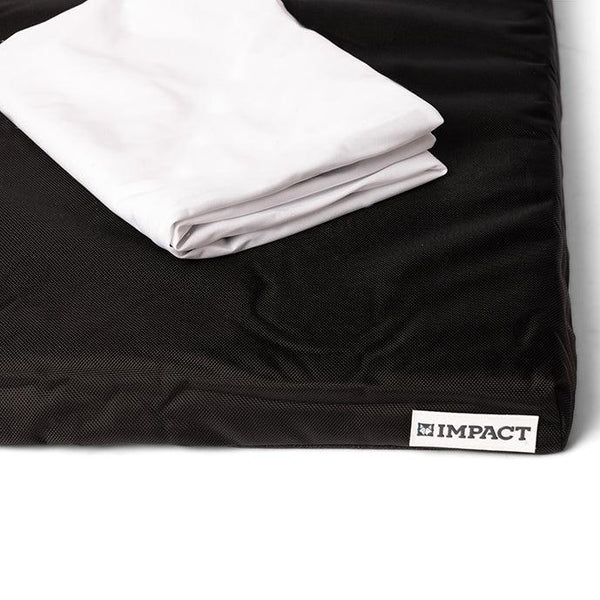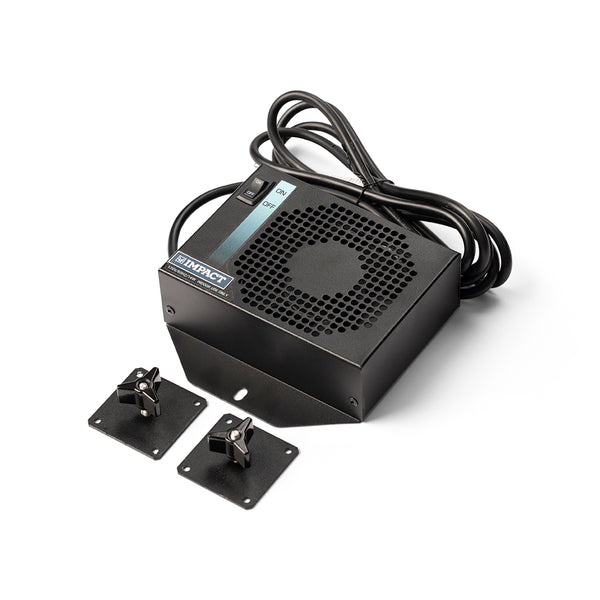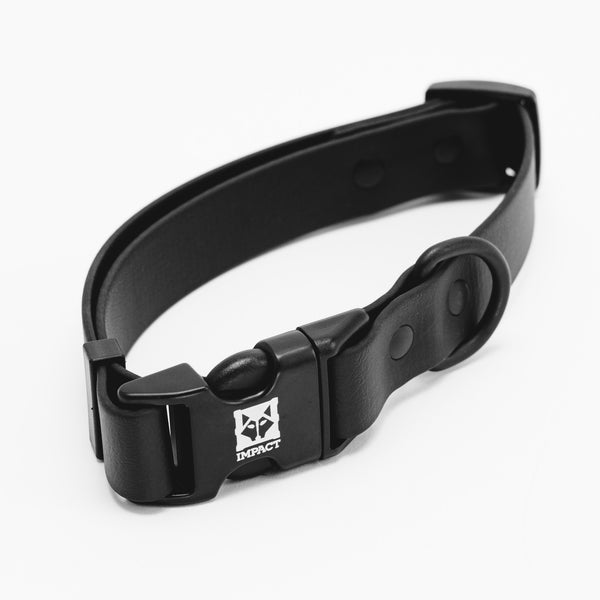Let’s talk about anxiety. Described as a state of feeling fearful or on edge, anxiety is a mental health condition that many of us humans have experienced at some point in our lives. Someone may experience strong feelings of anxiety when socializing, while others may experience bouts of anxiety for seemingly no reason. Regardless; no matter why or how you experience anxiety- we all know that it’s not a pleasant feeling.
Fortunately, there are many options available today when it comes to managing anxiety. Natural remedies such as meditation or supplements are tools commonly utilized, while some people may also turn to the help of stronger, specialized medications to combat this condition. Everyone’s experience with anxiety will be different, so chances are, there is not going to be a “one size fits all” solution for managing anxiety.
Discussions about mental health have, fortunately, become much more normalized in the 21st century. Not only does this allow for more conversations about more meaningful solutions, but talking about mental health is a great way to make people suffering from mental health conditions feel less alone. However, there’s still a lot people may not know about mental health. For example, did you know that dogs can experience mental health conditions, such as anxiety, very similar to how we do? That’s correct; anxiety is a very common condition that unfortunately many dogs suffer from. So, how do you know if your dog is suffering from anxiety, and what should you do if they are? Continue reading to learn about the signs of anxiety in dogs and the best treatment options out there.

Signs of Anxiety in Dogs
Before we can discuss the best ways to manage anxiety in dogs, let's first take a look at signs your dog may be suffering from anxiety. Keep in mind, unlike us humans, our dogs can’t vocalize (in a language we understand) when they are experiencing discomfort or unease. Thus, knowing the signs to look out for is especially important.
Panting or Whining
While dogs may pant or whine for a variety of reasons- such as during exercise, it may be a sign of a problem when they are exhibiting this behavior for seemingly no reason. Panting, whining, or barking can all be signs that your dog is experiencing high levels of stress or tension. However, it's important to note that this behavior may be normal for some dogs, after all, some dogs may be more expressive than others. This is why it’s crucial to have a good sense of your pup’s typical demeanor and behavior, as you are going to be the best judge of when they are acting out of character- such as by excessively panting.
Pacing
Anxiety makes us humans feel like we are on edge or “antsy”, and this can be quite similar for dogs too. That being said, dogs may look for an outlet to alleviate some of this abnormal tension. For many pups, this may come in the form of some sort of physical activity- most commonly, pacing. We know that many dogs are natural pacers, so most of the time pacing may not be a concern. When your dog’s pacing is repetitive and they are exhibiting signs of distress; it’s important for owners to recognize that is a common symptom of anxiety. If your dog, who almost always only paces when it’s right before dinner time, is now suddenly pacing around your living room, this may mean they are experiencing anxiety at that moment.
Destructive Behavior
As mentioned above, when dogs experience anxiety, an instinctual coping mechanism may be to find an outlet to redirect that anxious energy. While many dogs may start panting, whining, or pacing, some dogs with more extreme anxiety may go beyond that. It's not uncommon for anxious pups to turn to destroying household items, such as furniture or personal belongings, as an attempt to cope with their anxiety. Understandably, this is not a great coping mechanism, and can be very unsafe for your dog and home. As a dog owner, it’s essential to be on the lookout for if your dog suddenly starts becoming more destructive within your home, as this can be a tell-tale sign of anxiety.
Isolation
There are many aspects of our day-to-day lives that can be overwhelming for just us humans, and it’s no different for our canine companions. That being said, when experiencing feelings of stress or anxiety, many dogs will retreat to a private, secluded area. Pay careful attention to if your dog starts hiding within your home, as this could be another sign they are dealing with anxiety. While allowing your dog some alone time to de-stress can be a powerful tool to manage anxiety, it’s crucial to have a designated area for your pup. If your dog is isolating in unfamiliar hiding places, this could pose a safety risk.
Managing Your Dog’s Anxiety
Now that we’ve identified anxiety symptoms to look out for in dogs, let’s discuss the most effective ways to treat dog anxiety. If you suspect your dog may be struggling with anxiety, you may be asking yourself “what can I do?”. Fortunately, there are many solutions available to help cure your dog’s anxiety, so your pup can get back to enjoying a pleasant, stress-free life. We’re here to provide a comprehensive guide on the best tips and tricks for managing your dog's anxiety.
-
Exercise them
Just like regular, daily exercise provides a tremendous amount of physical and emotional benefits for us humans, exercise has been proven to be great for preserving your dog’s mental health. After all, exercise is a great natural way to relieve stress. To prevent anxiety in dogs- while treating any existing anxiety, it’s recommended that you regularly exercise your pups. We know that every dog has different physical activity needs, so no two exercise plans are the same. High-drive dog breeds may require more physical stimulation than dog breeds with a more mellow demeanor. That being said, you should find the right balance for your dog.

Starting with something simple, such as daily leashed walks, is a great way to incorporate some exercise into your dog’s daily routine. Not only will this allow for some extra bonding time between you and your four-legged friend, but it will also ensure your dog can soak up some of the many benefits that the fresh air and outdoors provide. Some dogs may require more strenuous exercise, so it might be a good idea to use tennis balls to play daily games of “fetch” with your pup. Like we’ve said; every dog is unique, so every dog will have different physical activity needs.
When introducing more exercise into your dog’s life, this also allows for you to incorporate another helpful tool for managing anxiety; routine. Just like a solid, organized routine can help us humans feel level-headed and calm in our day-to-day lives, routines can be very beneficial for dogs. A routine, such as a daily morning walk, can provide structure and stability for your dog, which can then promote overall mental and physical wellness. Thus, not only does exercise keep your dog in great shape, but there are a myriad of other mental health benefits as well.
2. Give them a safe space
Perhaps one of the best ways to treat anxiety in dogs is by allowing your dog to have a safe, comforting space where they can properly process their emotions and work through their stress. As mentioned above, many dogs instinctively seek out isolated places where they can retreat to during times of stress. Rather than letting your dog hide throughout your house- and potentially get into any household dangers, many pet experts around the world recommend giving your dog their own safe space. What do we mean by “safe space”? The answer is simple; one of the most effective ways to treat and manage your dog’s anxiety is through the use of a secure dog crate. Not only does a secure crate provide a comforting environment where your pup can relax and destress, but a dog crate is the most effective way to protect your dog and home.
As mentioned above, many anxious dogs turn to destructive behaviors as a way to try to work off some of their anxious energy. This is especially dangerous for a variety of reasons. When your anxious dog is getting into your household items, they could easily come into contact with household hazards, such as cleaning products. When your dog is safe inside of a durable crate, dog owners can have peace of mind knowing their four-legged friend is out of harm's way. Not only that, but many anxious pups have a talent for causing lots of expensive damage to homes (replacing furniture can add up quite fast).
Anxious dogs have more specific needs when it comes to finding the perfect crate for them. After all, dogs with anxious or destructive tendencies are much more likely to try to break out of a crate. This can be incredibly dangerous, as it is quite common for many dogs to injure themselves during their escape attempts from plastic or wire dog crates. This is why it’s crucial to invest in the right crate for your anxious pup. Flimsy wire, wooden, or plastic dog crates simply provide little to no protection for anxious dogs and will likely be ineffective at containing them. Fortunately, there are safe and secure dog crates designed specifically for anxious dogs.

The Impact High Anxiety Dog Crate, constructed from heavy-duty aluminum, is the first-of-its-kind dog crate created for dogs suffering from anxiety. Not only does it have a variety of additional safety features, but it’s also backed up by a 10 Year Dog Damage Protection Warranty. With this aluminum dog crate, you can have peace of mind knowing your anxious dog is receiving the maximum amount of support and protection at all times. Plus, there will be no more coming home to chewed up baseboards or couch cushions.
3. Utilize personal items
One of the most common types of anxiety found in dogs is called separation anxiety. Unlike generalized anxiety disorders, which can have a variety of triggers, dog separation anxiety refers to the stress a dog experiences when they are separated from their owner. While dogs suffering from separation anxiety may not be as likely to experience random or seemingly without cause spells of anxiety, they are more likely to experience intense stress when spending periods of time away from their human counterparts.
As much as we would like to, we can’t spend every second of the day with our dogs. That being said, a great tip for soothing anxious dogs is to give them a piece of you to hold close. What do we mean by that? Take a personal item that smells like you, and allow your pup to keep it close by in their crate when you’re not with them. Remember; dogs have an incredibly powerful sense of smell, and numerous studies have shown that smells with positive associations can work wonders for improving moods. Thus, next time you have to leave your anxious pup alone in their crate, leaving them with a personal item of yours is a great way to make them feel more comfortable and relaxed.
4. Consider targeted care
While it is possible for your dog to naturally overcome their anxiety, in some cases, you may want to recruit some extra help. Fortunately, there are many pet products out there that are created specifically to target and treat anxiety in dogs. Many dog owners around the world have noticed tremendous benefits from using natural supplements, CBD oils, and medications to successfully treat their pup’s anxiety.
If the above tips do not work for taking care of your dog’s anxiety, it’s advised that you speak with your veterinarian. When pursuing alternative anxiety treatments, you always want to listen to the professionals- as they will be the best judge of what’s needed for your pup. While many wonderful pet supplements for overall health and wellness can be purchased at your local pet store, stronger medications will require a previous veterinarian visit. Not only can prescription medications or CBD pet products be used to improve your dog’s anxiety, but numerous studies have shown CBD pet products to have a positive impact on dog’s health. It’s advised that dog owners do try more natural, at-home anxiety remedies for their pups before going to the next level and exploring medication options. If you ever have any questions about the best ways to manage your dog’s anxiety, remember that your veterinarian will be the best person to ask!
We hope these tips are helpful in your journey to treating your dog's anxiety. As always, we recommend consulting with your veterinarian for additional help, and you can check out more resources on dog anxiety here.














